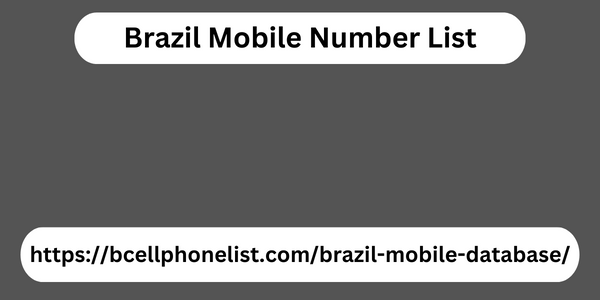|
|
In the next article we will talk a little more about these challenges and how the notion of UX ended up crystallizing in the field of design.User research for voice interfaces October 27, 2020 Est. The voice is our natural communication tool. It is the first channel we have had as human beings and our “native” way to communicate, unlike visual tools. Technological evolution has been enriching the panorama of our interactions beyond the textual and graphical ones and the presence of voice interfaces is increasingly common in our daily lives. Every phone we use has a virtual assistant, more and more homes have an Echo and no one thinks of a woman's name anymore when they hear “Alexa.
Although voice interfaces are not new in the sector ( Nielsen Norman already described them in 2017 as the future of interaction, this eventful year of 2020 was going to be their debut on the market. Of course, the adoption of this technology Brazil Mobile Number List and its increasingly growing number of users make it more than interesting to take it into account. With this information, it is clear why we should test voice interfaces, but the question is how to do it? First of all, it is important to understand the levels of voice interaction and choose which one we want. We can choose to: Voice-early : interaction is 100% by voice. Both the interaction and the output of the device are done using voice. These types of devices are less common.

Voice first : these devices have part of the output visually (for example, Amazon Echo or Amazon Show) and part of the interaction (either in the selection or in the response tactile. Advantages and consequences of the voice The key to any design is that the user knows exactly what to expect from the interface they are interacting with. In voice, it is essential to make it clear to the user at the beginning what he can expect from that tool. For this reason, voice interfaces usually present themselves and indicate what their function is (in a simple and clear way) whenever they are invoked. On the other hand, they also have a “service vocation” and are designed to help the user with specific needs.
|
|